- the article presents an overview of the composable declarative GPU authoring
- shows how chain compute dispatches, handles historical data as well as visualizes temporary results
- it additionally discusses how the tree representation allows internal composability and enables background optimizations
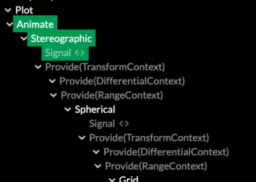
- the article continues the series of translating DXIL to SPIR-V for use with vkd3d-proton
- the part covers how to convert structured control flow. DXIL is unstructured and needs to be converted into structured SPIR-V
- discusses the limitations, oddities and solutions developed to make the conversion work and debuggable
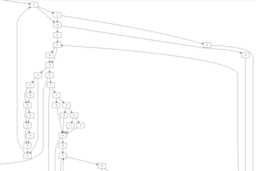
- the article presents how to integrate new compilers into the compiler explorer infrastructure (which can be run locally)
- discusses the DXC and AMD Radeon™ GPU Analyzer integration
- shows the limitations of the existing integration
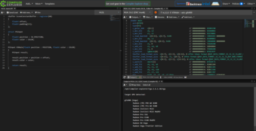
- the video tutorial presents how to write universal rendering pipeline shaders in HLSL
- shows how to implement simple diffuse & specular lighting, explaining the render pipeline as the author goes along
- it also shows how to integrate shadow rendering
- additionally presents the debugging tools available
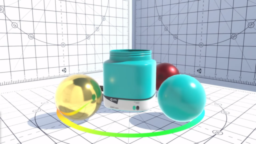
- the article explains the underlying theory for Bézier curves and shows how the different component interacts
- presents how to express the curve mathematically so that intersections between a ray and the curve can be found
- shows how to use the information to detect if a pixel is inside or outside of a shape
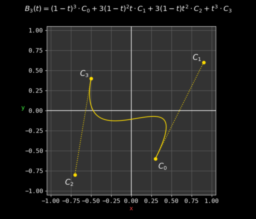
- the article discusses the different approaches that were tried during the development of lumen
- presents tradeoffs of the different techniques and how the decision was made on which one to use
- it additionally shows how the arrival of Nanite changed several variables significantly and therefore made a new evaluation of approaches necessary
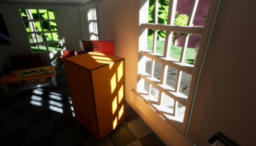
- the video presents the foundation how to general ReSTIR sampling
- this allows resampling with importance sampling for arbitrary domains
- continues to show how to apply these concepts to allow ReSTIR for path-tracers
- shows how to allow reuse across paths, discusses considerations and limitations
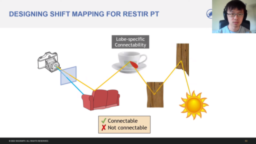
- the video shows how to implement a Truchet effect using shadertoy
- presents the whole implementation from start to finish, showing all intermediate steps
- it additionally discusses how to extend the concepts and possible future extensions
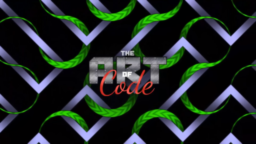
- the paper presents how to adapt multidimensional adaptive sampling for interactive real-time ray tracing
- applies the technique to stochastic effects such as motion blur, depth of field, and indirect illumination
- presents a performance comparison against Halton sampling
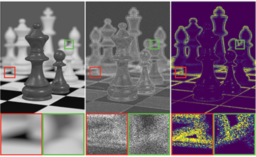
- the OpenGL fog rendering series extends the previous works and implements Layered and animated fog
- explains the underlying theory before showing the implementation using GLS
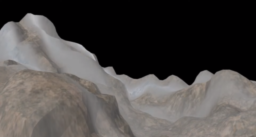
- the video tutorial shows how to implement cartoon outlines in screen space
- discontinuities in scene depth and normals are used to detect edges
- the resulting filtered edge mask is used to apply outlines around objects
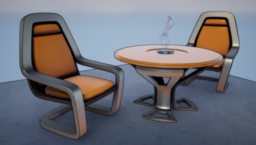
Thanks to Aras Pranckevičius for support of this series.
Would you like to see your name here too? Become a Patreon of this series.